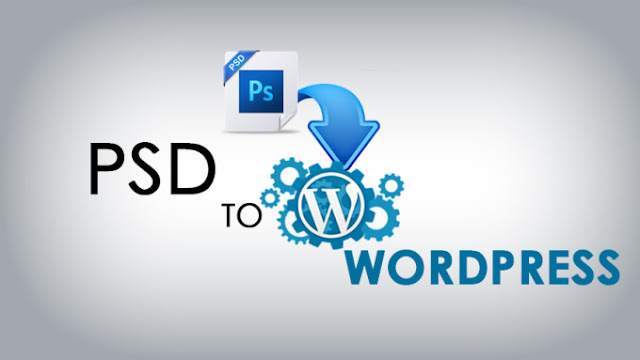Creating the internet site needs two most important things; the first one is the attractive looks and the second point is functionalities. If one of these elements is missing from the site, then your portal won't be able to survive in this ever changing internet market. Today most of the people are choosing CMS system for the web development.
Individuals who don't have much knowledge about coding prefer WordPress platform for their website development projects. WP is based on the open-source technology because of which millions of people can use it. By opting for PSD to WordPress conversion services you can give your site a unique outlook and easy navigation. Given below are five concrete steps that will help you in carrying out this customization:
Individuals who don't have much knowledge about coding prefer WordPress platform for their website development projects. WP is based on the open-source technology because of which millions of people can use it. By opting for PSD to WordPress conversion services you can give your site a unique outlook and easy navigation. Given below are five concrete steps that will help you in carrying out this customization:
Step 1: Slicing PSD
This is the first phase in the PSD conversion. Slicing means to cut and divide an image file into multiple design files. Each file contains different design components related to the overall layout. By cutting the PSD design, you will make it lighter & easier to convert to HTML codes. A website has multiple images sewn together seamlessly.
Step 2: Creating Index.html and style.css
The next step is to start coding the sliced images into HTML & XHTML format and then further style it by using CSS. To carry out this process successfully a developer should possess in-depth knowledge of both CSS & HTML. Usually, coders use web development software like Dreamweaver and Fireworks for this task, but again it is up to the developer who decides to choose whichever software they like.
Step 3: Break index.html according to WordPress theme file structure
The whole WordPress site is based on the theme which is uploaded in the WP software. Thus the primary concern of the coder is to convert the PSD design in the right manner so that the theme can function properly. Moreover, you can also add different features and functionalities to that theme with the help of WP tools, plugins & extensions.
Step 4: Adding WordPress tags
The best thing about WP is that it comes with hundreds of inbuilt functions that are designed to make the WP powered site bigger & better. All you have to do is to add function tags in the theme files that will help you get the desired functionality. And the rest of things will be handled by the WP.
Step 5: Adding functionalities
Now that you have finally created and activated the theme, its time that you add desired features to your site. You can install different plugins in your site and can modify any existing functionality. You can also configure any setting of the WP with the help of user-friendly admin dashboard.
Conclusion
WordPress is such an amazing CMS system that even the people with a little bit of technical knowledge can also use it to build feature-rich websites for their individual and business needs.

No comments:
Post a Comment